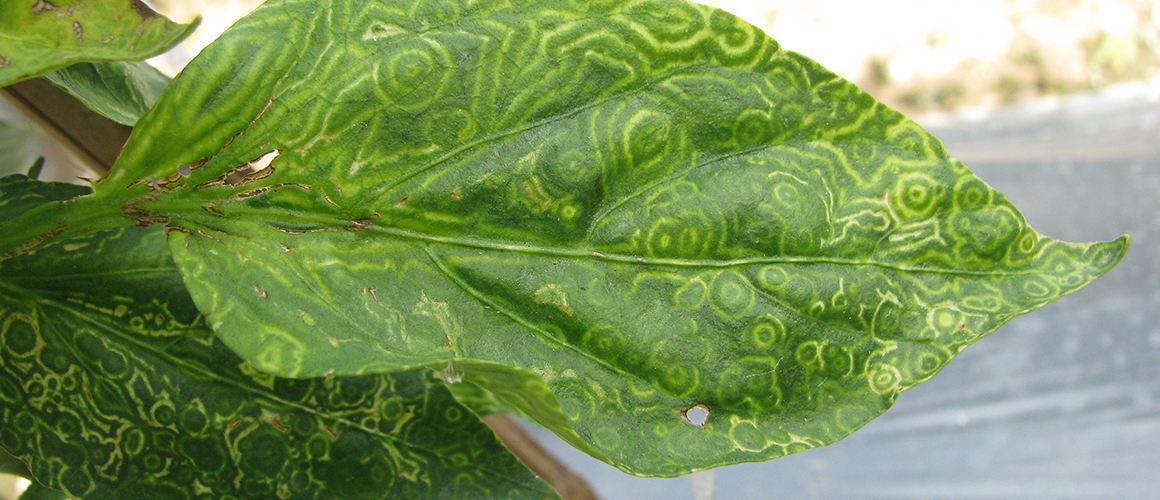Strengthening Biosecurity for the Australian Vegetable Industry – Phase 2
4 April 2019
Research uncovers solutions to managing tospoviruses in vegetable crops
11 April 2019Nitrogen levels in soil vary widely from year to year and are dependent on a number of factors such as temperature, which affects mineralisation of organic matter in the soil, and rain, which can wash the nitrogen down through the soil profile.
This is according to precision agriculture specialist Dr Frits van Evert from the Department of Agrosystems Research at Wageningen University and Research (WUR) in the Netherlands, who led the research into nitrogen application. As a result, potato growers do not know exactly how much of the fertiliser they will need to apply at the beginning of the season.
Dr van Evert explained that getting variable rate applications of fertiliser is crucial to growers on tight margins, as it can result in homogeneously ripening the crop and therefore causing less tuber damage during harvesting.
To help spread the message, Dr van Evert is participating in a research programme entitled Toward precision agriculture 2.0, directed by WUR Senior Research Scientist Dr Corné Kempenaar who works closely with a group of potato growers to carry out test runs with sensor observations by drones.
Dr van Evert said that the experiments were set to work with the specific climate conditions in the Netherlands, so different climates would see some variance. Nonetheless, proof that the system works should encourage other growers to adopt such methods to work with greater precision.
To read the full article on this study, please see page 22 of the February/March 2019 edition of Potatoes Australia magazine, online now!
This is a summary of an article that first appeared in the leading magazine for the Australian potato industry, Potatoes Australia. If you’d like to subscribe to receive a new edition of Potatoes Australia in your mailbox every two months, use our online subscription form!


